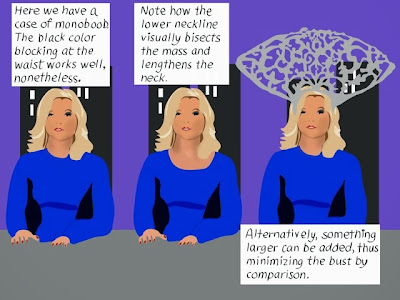Here's what I do for my own, salicylate-free lip gloss.
I first got into making cosmetics as an offshoot of my color theory studies. I was initially interested in making customized makeup foundation based on colorimeter readings of the subject's skin tone. I see that Sephora now has something similar using a Pantone colorimeter which yields suggested matching Sephora foundation brands. I never did get around to making that foundation! But I did eventually end up making my own lip color.
When I went on the guaifenesin protocol for fibromyalgia, I needed to change my cosmetics to eliminate topical salicylates. Salicylate molecules in castor oil, a common lipstick ingredient, block the receptor sites in the kidney for my medication, rendering it ineffective.
Being particular about colour, it is great fun for me to mix my own lip colours. The best looking ones, in my opinion, are when I get to a similar shade or slight offshoot from my own lip color. Although occassionally I enjoy a bright red or some other divergent color.
So I made a range of lip glosses from cosmetic grade base pigments of red number 7 D&C, semi White Mica, Titanium Dioxide, golden mica, magenta mica, iron oxide brown, yellow no. 5 FD&C (lake), and red mica. I mix pigments into a base of petroleum jelly. With some pigments, a little goes a long way. I store my lip glosses in lidded containers because in very hot weather they can melt a bit. I might try a base of Lanolin or other lip balm ingredients in future, but petroleum jelly suits me just fine for now. I Apply it with a lipstick brush. I am calling them lip glosses but they can be made quite opaque with the addition of titanium dioxide. I got the pigments and micas from makingcosmetics.com
Alternatively one could keep the individual pigments as primaries mixed into the petroleum jelly, and mix colors on the fly as needed. I do this with the magenta and the brown for when I desire to "purplify" or "brown down" one of my pre-mixed lip colors.





